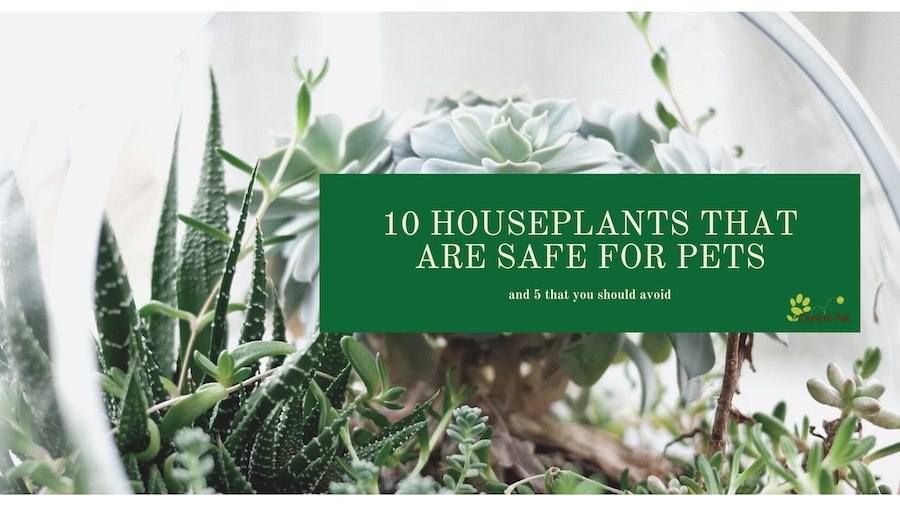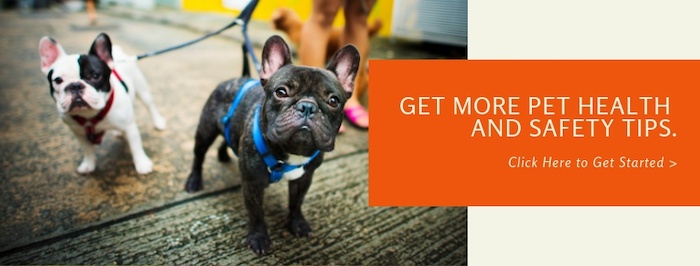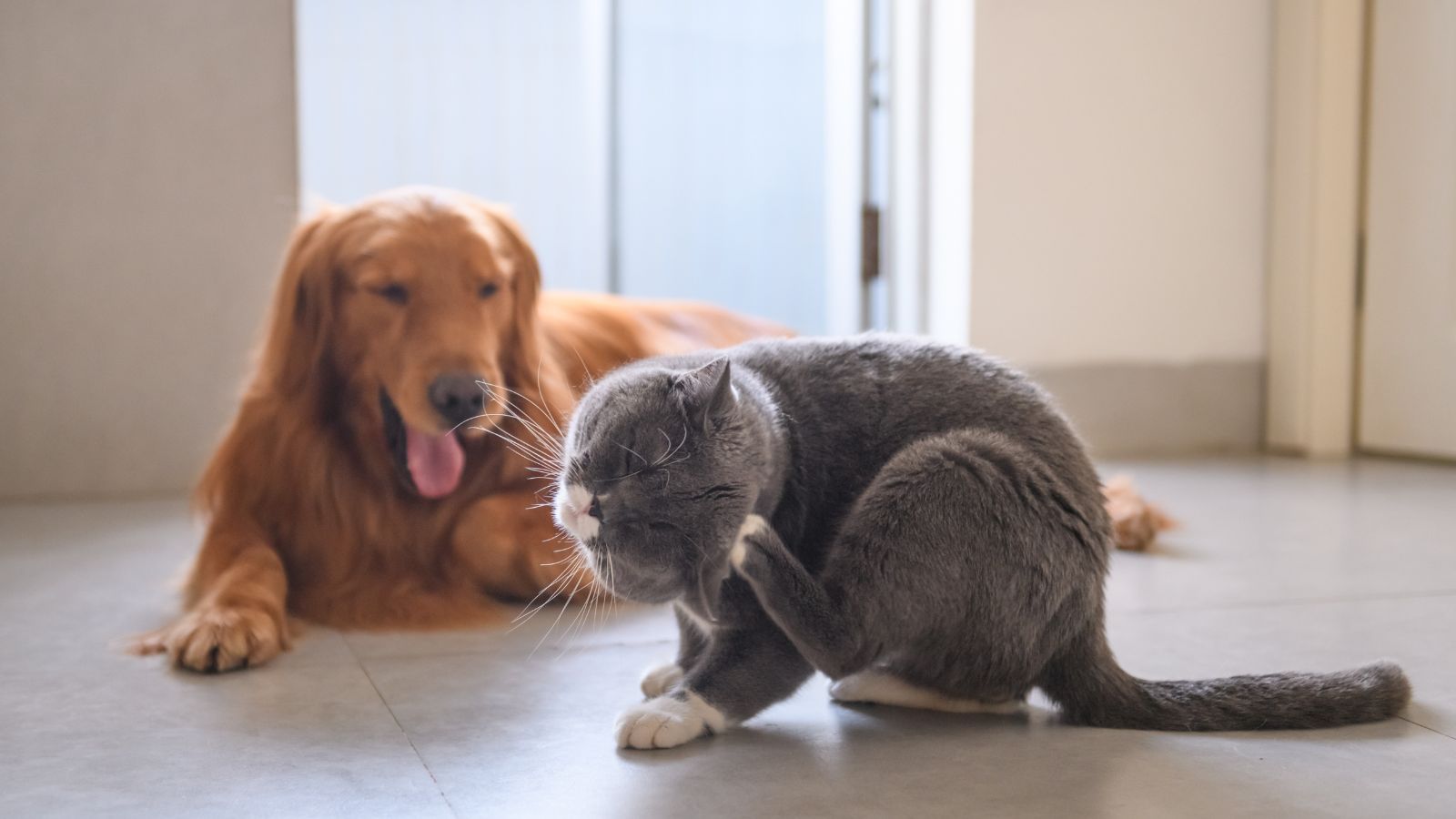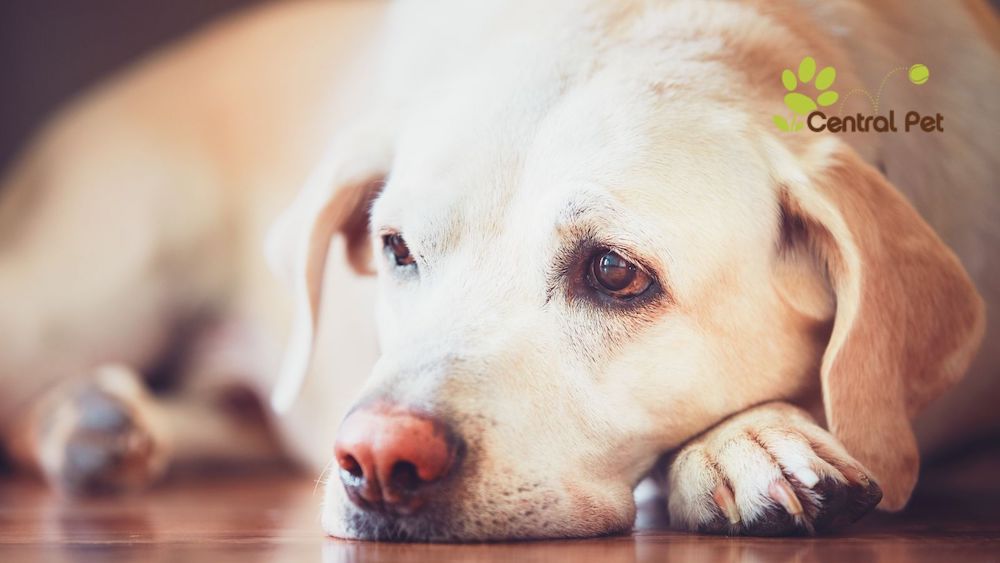A home with pets is a wonderful one. But sometimes, you want something more— like a plant or two to spruce up the place. The thing is, certain plants can be toxic for animals. And, as a pet parent, the last thing you want is your fur baby to chew on something that can cause him harm. To help, we’ve compiled a list of 10 plants that will add color and texture to your decor while keeping your cats and dogs safe and happy, along with five that you should avoid.
10 Pet-Friendly Houseplants
-
African Violet
-
Spider Plant
-
Christmas Cactus
-
Venus Fly trap
-
Boston Fern
-
Zebra Plant
-
Polka Dot Plant
-
Prayer Plant
-
Some Succulents
-
Lipstick Plant
1. African Violet (Saintpaulia spp.)
What a safe plant that offers beautiful blooms? Look no further than the African Violet. Not only does it come in a range of purple and pink hues, but it’s also low maintenance and thrives without bright light.
2. Spider Plant (Chlorophytum comosum)
Spider plants never seem to go out of style. They’re easy to grow, adaptable, and contain air-purifying qualities. With all it has to offer, a spider plant is a great non-toxic option for your home.
3. Christmas Cactus (Schlumbergera bridgesii)
Christmas cacti are a nice non-toxic option for curious cats and dogs. While it’s still not a great idea to let your pet chew on it (as they can cause some intestinal discomfort if swallowed), it’s still a much safer choice than other festive plants.
4. Venus Fly Trap (Dionaea muscipula)
If you want a fun and funky addition to your houseplant collection, a carnivorous option— like the venus fly trap— can be a real winner. It’ll keep you and your pets entertained without one of you needing to head to the vet.
5. Boston Fern (Nephrolepis exaltata bostoniensis)
Ferns in general are incredibly eye-catching, but the foliage of Boston ferns is simply stunning. While they are often hung due to their lovely dangling fonds, they are also great for window boxes and pots. Therefore, if you have pets, there’s no need to worry as they are non-toxic. Keep in mind, however, that non-toxicity does not apply to all ferns.
6. Zebra Plant (Haworthia fasciata)
This plant gets its name from its waxy foliage, which is accented with stripes of green and cream colors. On the smaller side, rarely exceeding the height of 12-inches, this is a wonderfully beautiful pet-friendly option.
7. Polka Dot Plant (Hypoestes phyllostachya)
A polka dot plant is an easy way to add a splash of color and pattern to your home, whether you add them to your outdoor gardens or pot them indoors. These pet-friendly plants come speckled in colors like pink, red, or white and generally stay on the small side when grown in containers.
8. Prayer Plant (Calathea insignis)
Because of their compact size, prayer plants are ideal for small spaces like bookshelves and end tables. Its red, cream and green leaves curl up at night, giving it its name. And, in addition to being safe for your pet, it’s easy to grow.
9. Some Succulents (Echeveria elegans)
Succulents are incredibly popular, however, not all are safe for pets. And, with so many unique varieties, it can be difficult to know which ones are safe. Two that you don’t have to worry about include the very beautiful Hens and Chickens and the Urbinia Rose.
10. Lipstick Plant (Aeschynanthus humilis)
Looking for something a little quirky yet safe for your pet? Consider a lipstick plant, whose blooms look like— you guessed it— tubes of lipstick. A native of the tropics, the lipstick plant prefers warmer temps, bright light, and water.
Plants to Avoid Having Around Your Pet
Although the following houseplants do have some advantages, they can be poisonous to your pet.
Five popular plants to grow with caution (or avoid altogether) with pets include:
-
Aloe (Aloe vera)
-
Peace Lily (Spathiphyllum)
-
Alocasia (Alocasia spp.)
-
Caladium (Caladium hortulanum)
-
Dumb Canes (Dieffenbachia)s
Should you choose to grow any of these in your home, be sure to keep them out of reach so your fur baby will stay safe.
Remember, even though many plants are safe, some pets may have a sensitivity or allergic reaction to certain substances. Because of this, it’s very important to observe your pet’s behavior very closely for possible signs of distress.
Call your veterinarian or contact the local emergency clinic immediately if your pet exhibits any symptoms of illness. The longer you wait, the more at risk your fur baby will be for serious injury or even death. Furthermore, read labels carefully if you use any fertilizers or pesticides to treat your plants as they can be toxic to pets.
Visit the ASPCA website for a complete list of plants that are toxic and non-toxic for cats and dogs.






